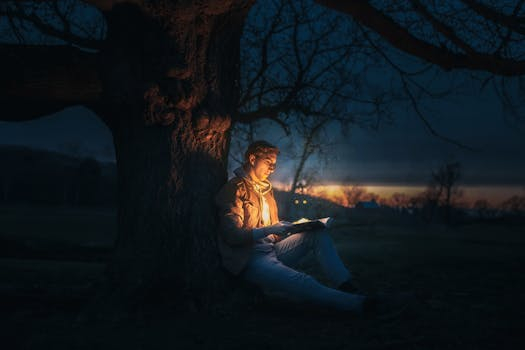The Art of Legal Storytelling in Court
The courtroom is often seen as a place of logic, evidence, and facts. However, what many people fail to realize is that storytelling plays a crucial role in a successful legal case. Lawyers who are able to master the art of legal storytelling can greatly impact the outcome of a case, as they are able to engage the jury, spark emotions, and create a compelling narrative. In this article, we will explore the art of legal storytelling in court and how it can win over judges and juries.
The Power of Storytelling in Court
Storytelling has been an integral part of human culture for centuries, and it’s no different in the courtroom. In fact, a study conducted by Professor Jennifer Robbennolt of the University of Illinois found that stories presented in legal cases were more persuasive than evidence alone. This is because stories have the ability to connect with people on a deeper level and evoke emotions that mere facts and evidence cannot.
Think about it – when you hear a compelling story, you are more likely to remember it and be influenced by it. This is because stories engage our imagination and enable us to see things from a different perspective. In a courtroom setting, this can greatly benefit lawyers who are trying to convince the jury that their version of events is the correct one.
The Elements of a Successful Legal Story
So, what makes a legal story successful? Like any good story, it should have a beginning, a middle, and an end. It should also have a clear main character, a conflict, and a resolution. However, unlike a fictional story, legal storytelling is based on actual events and must adhere to the facts of the case.
The beginning of a legal story should establish the characters and the setting. It should also lay out the issue at hand and introduce the conflict that needs to be resolved. This is where lawyers set the stage for their argument and begin to build their narrative.
The middle of a legal story is where the lawyer presents the evidence and facts of the case. This is the part where the lawyer must be strategic in their storytelling and select evidence that supports their narrative. Using vivid language and strong visuals, lawyers can paint a picture for the jury and create a compelling story that resonates with them.
The end of a legal story is where the lawyer must bring all the pieces together and present a conclusion that ties back to the conflict presented in the beginning. This is the pivotal moment where the lawyer must convince the jury that their interpretation of the events is the correct one.
The Impact of Legal Storytelling on Judges and Juries
As mentioned earlier, storytelling has been proven to be more persuasive than evidence alone. This is because stories have the ability to connect with people on an emotional level, which can greatly influence their decision-making. In a courtroom, where the outcome of a case rests on the decision of a group of individuals, being able to tap into their emotions can make all the difference.
In a study conducted by Professor Robbennolt, it was found that visual aids, such as animations, can play a crucial role in legal storytelling. These visual aids can help the jury to better understand complex information and make it more memorable. This is because humans are wired to remember images more than words. By incorporating visual aids into their storytelling, lawyers can make a stronger impact on the jury and ultimately, the judge’s decision.
Challenges of Legal Storytelling
While the power of storytelling in court cannot be denied, it is not without its challenges. One of the main challenges lawyers face is the scrutiny of the opposing counsel. As storytelling involves a certain level of creativity, it can be questioned by the opposing counsel and challenged for accuracy. This is why it is crucial for lawyers to ensure that their stories are grounded in the facts and evidence of the case.
Another challenge is the limited jury attention span. With the rise of technology, people’s attention spans have decreased significantly. In a courtroom, where jurors are expected to sit through hours of complex information and arguments, it can be challenging to keep their attention. This is where the art of storytelling comes in – by creating a compelling narrative, lawyers can capture the jury’s attention and keep them engaged throughout the proceedings.
In Conclusion
The art of legal storytelling in court is a powerful tool that can greatly influence the outcome of a case. By creating a compelling narrative that resonates with the jury, lawyers can tap into their emotions and make a lasting impact on the judge’s decision. However, it is important to remember that effective storytelling must be rooted in facts and evidence, and should be used strategically to make a convincing case. So, the next time you step into a courtroom, don’t underestimate the power of storytelling.






